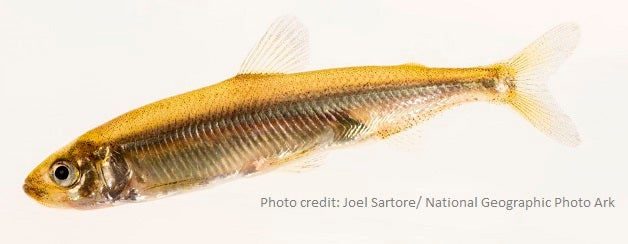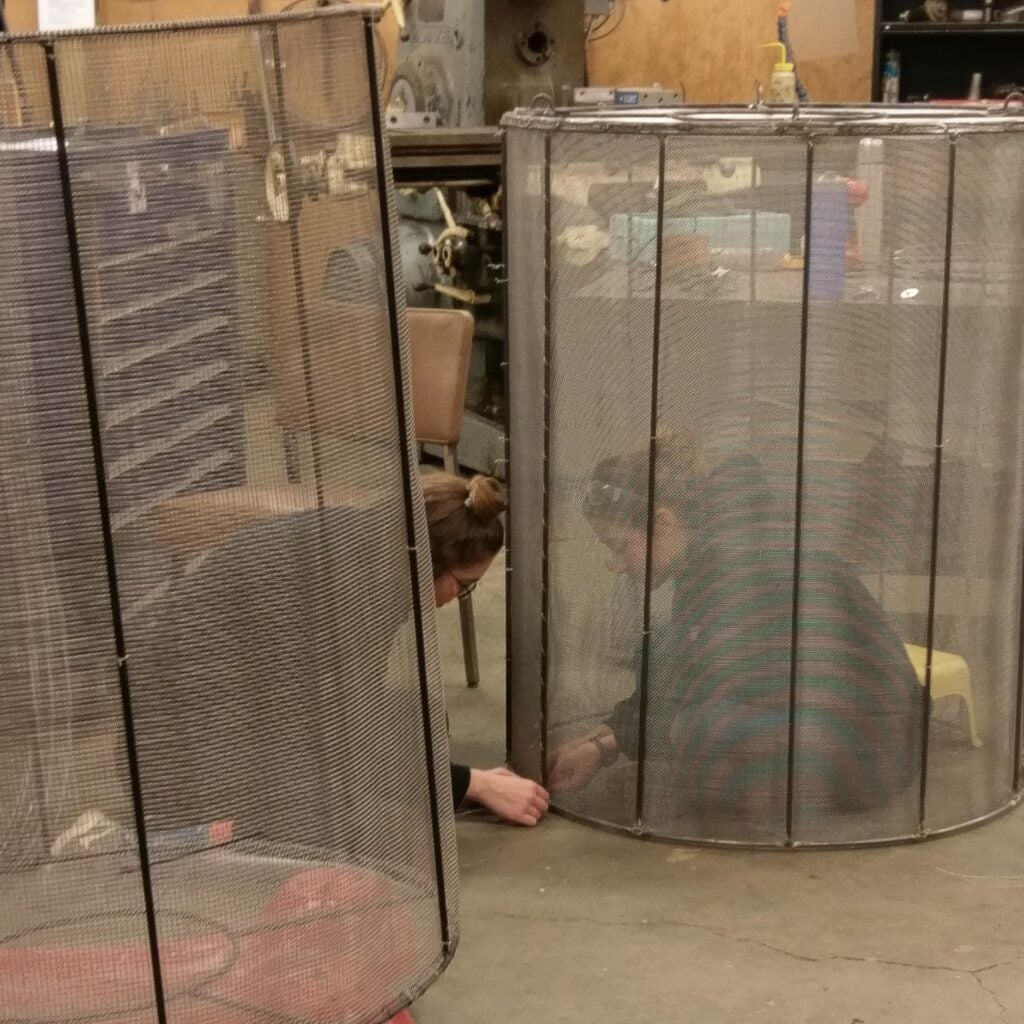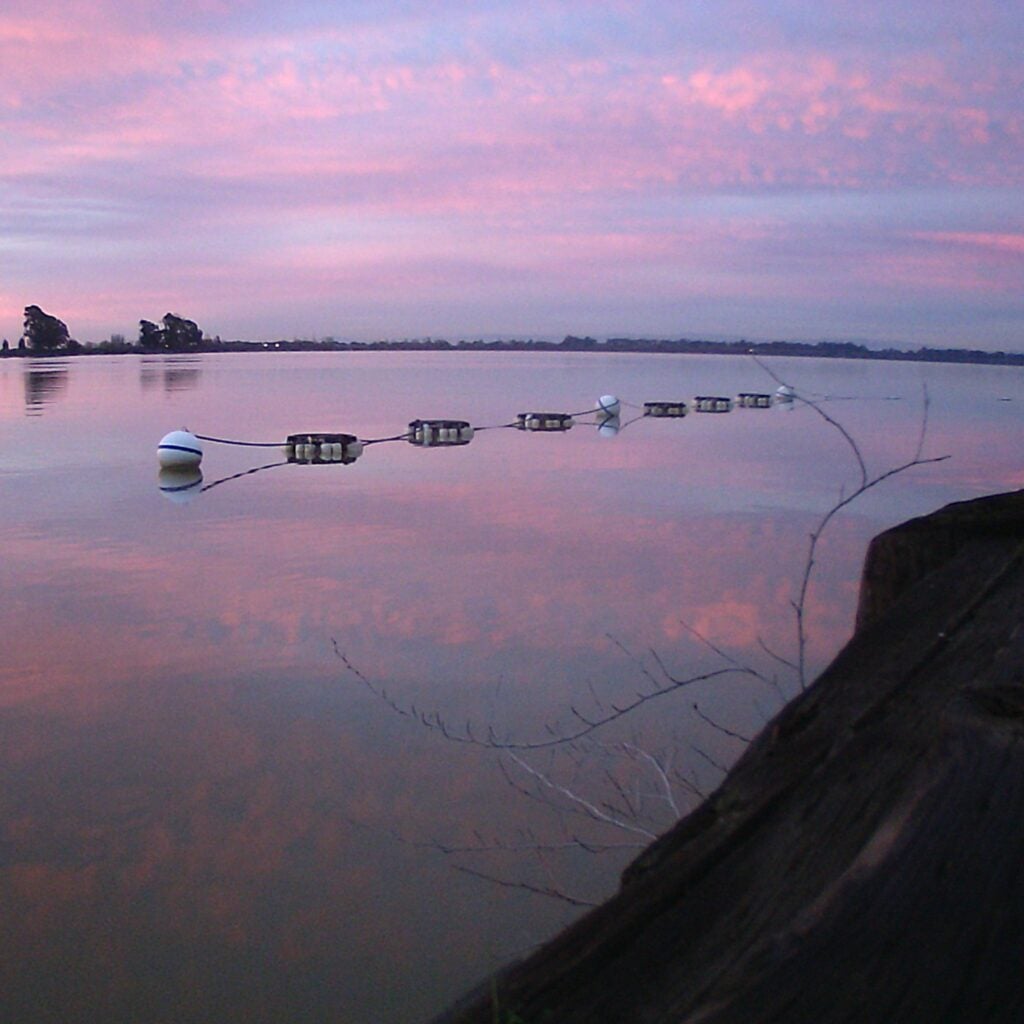Delta Smelt & Longfin Smelt Physiology

Delta and longfin smelt are two threatened forage fish species in the Sacramento-San Joaquin Delta that used to be among the most abundant fishes in the region. However, over the last decade, their populations have declined to historical lows and an apparent collapse in their populations in 2015 where no Delta smelt and only three longfin smelt were caught in the California Department of Fish and Wildlife’s Summer Townet Survey and Fall Midwater Trawl, respectively, has even triggered discussion of their potential for extinction. Our lab aims to understand the physiological responses of these two smelt species to the various environmental conditions to better inform conservation management decisions in the region.
Thermal and Ionoregulatory Physiology of Delta and Longfin Smelt Larvae - PhD Candidate Yuzo Yanagitsuru
Fish larvae commonly experience over 90% mortality in nature. Thus, the larval life stage is considered one of the most sensitive periods in a fish’s life. Delta and longfin smelt larvae inhabit the Sacramento-San Joaquin Delta where they experience a variable thermal and saline environment that is threatened with warmer and saltier water as climate change progresses. In order to properly manage these species, it is crucial that we understand how these two environmental stressors affect this critical life period of these two smelt species. This project will elucidate how both thermal and saline stressors affect the growth, development, and ability to maintain physiological balance, particularly water/ionic balance, in delta and longfin smelt larvae.
Delta Smelt Caging Study - Collaboration with California Department of Water Resources
Working with the California Department of Water Resources (CDWR), our lab is trying to investigate possible methods of propagating the endangered Delta smelt within their native range, the Sacramento-San Joaquin Delta. With the help of our UC Davis civil engineering team, we have tested different screen materials and cage designs to create a deployable cage for field study. CDWR has deployed these cages containing juvenile Delta smelt from the UC Davis Fish Conservation and Culture Laboratory (FCCL) within multiple study sites throughout the Delta. The main goal is to examine survival and growth of Delta Smelt within these cages to determine the effectiveness of this management tool.


